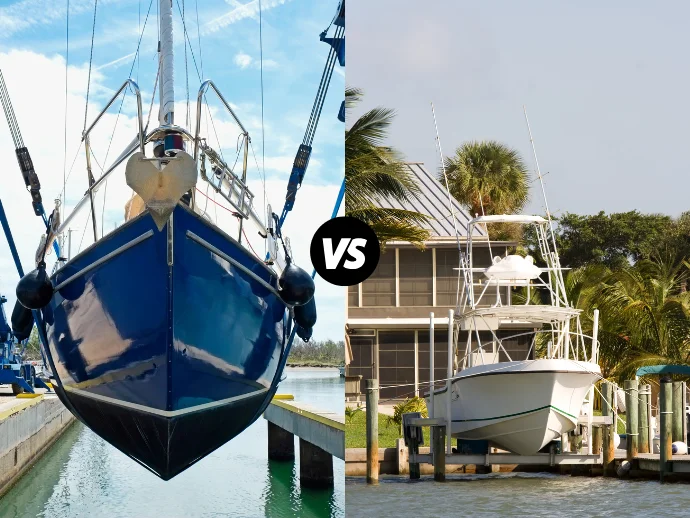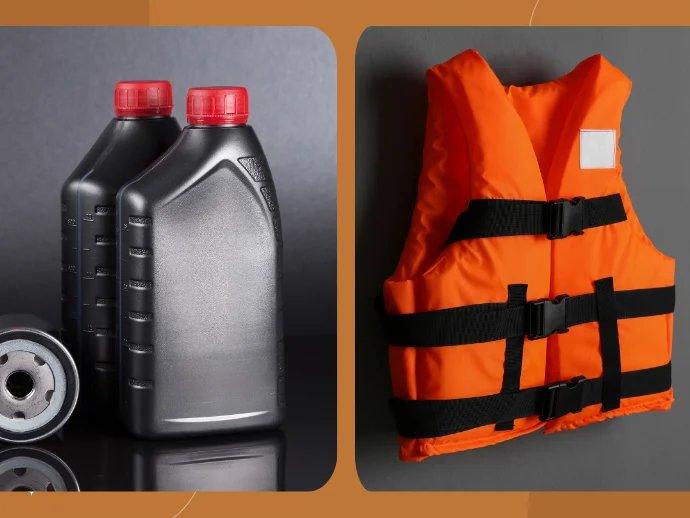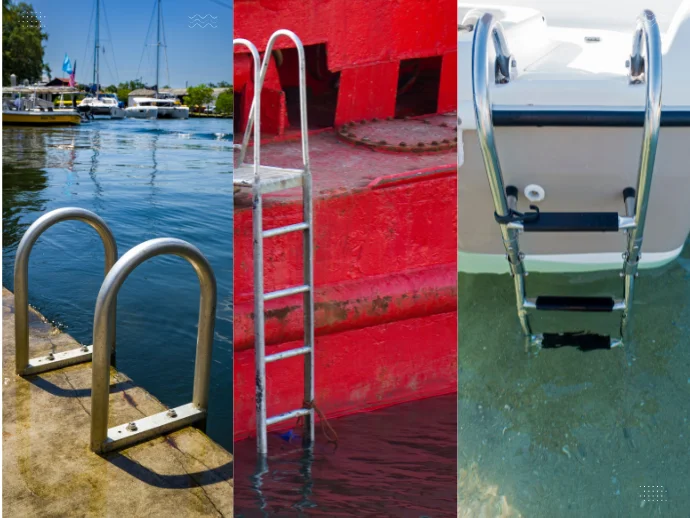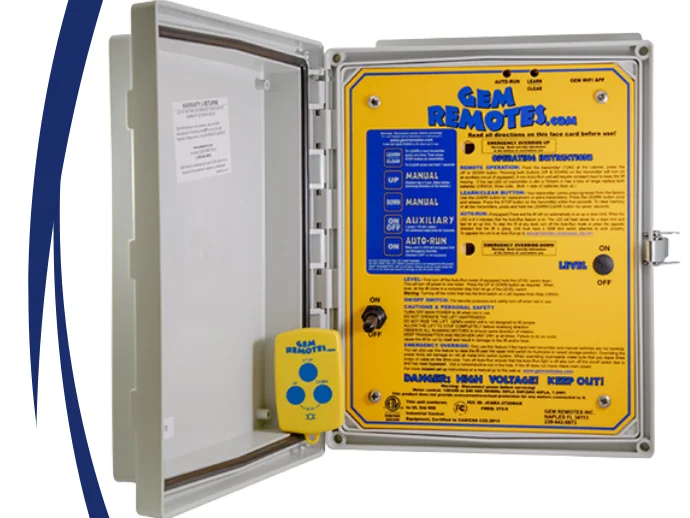
Picking the right boat lift is critical to keep your boat safe and easy to manage. In fact, the choice comes down to automatic vs manual boat lifts most of the time. Automatic systems use motors to handle your boat with little effort. On the contrary, manual systems need a hand crank or wheel to raise and lower the craft. Each type has its advantages and ideal use cases.
In this guide, you will learn more about both the lifts and understand the main differences. This will help you pick the better option according to your boating style.
Something About A Boat Lift
Before we compare the types, it is important to learn about the boat lift. It is a device that raises your boat out of the water when not in use. It helps prevent:
- Algae growth
- Hull damage from waves
- Corrosion from salt or fresh water
- Ice damage in cold weather
Besides all this, boat lifts make the process of cleaning and maintenance pretty easy.
How Manual Boat Lifts Work?
Manual boat lift require human effort. Typically, you operate them using a hand crank or wheel. You turn the crank, which raises or lowers the boat via cables and pulleys.
Key Features
- No electrical or hydraulic components
- Simple construction
- Ideal for smaller boats
- Usually less expensive
How Automatic Boat Lifts Work?
Automatic boat lifts use electric motors or hydraulic systems to lift the boat. You can perform the operations with a simple push of a button.
Key Features
- Gets power through electricity or solar energy
- Comes with a remote control or wired switch
- Often has backup manual operation
Key Differences
1. Effort & Convenience
One of the main differences between automatic vs manual boat lifts is convenience. Manual lifts require physical effort. If you have a heavy boat, cranking by hand can be tiring.
Automatic lifts remove this strain level. You can use a button to move your boat effortlessly. This convenience becomes more important as boat size increases or if you visit your dock frequently.
2. Weight Capacity & Boat Size
Manual lifts typically support boats up to about 4,000 pounds. They are ideal for small powerboats or personal watercraft.
Automatic systems handle much heavier loads, which are 10,000 pounds or more. This makes automatic lifts better suited for large center consoles, cruisers, multi-passenger boats, etc. Choosing the right lift capacity ensures safe operations and long-term performance.
3. Speed Of Operation
Speed matters when you’re rounding off a day on the water. Manual lifts take time. Each full cranking cycle moves the boat only inches. In contrast, automatic lifts move the boat in seconds. Whether you are pulling in at sunset or racing a storm front, a fast lift adds convenience and reduces wait time.
4. Power Source & Remote Operation
Manual lifts don’t need electricity. This means they work in remote locations or where power is unavailable.
Automatic lifts need a reliable power source, like solar, onboard battery systems, etc. There are a number of options that come with remotes or wall switches. In fact, some connect to apps, letting you lift or lower the boat smartly. This modern feature improves user experience and adds a tech‑friendly touch.
5. Installation Considerations
Installing a manual lift is simple and often DIY‑friendly. You anchor it directly to docks or pilings. No power setup is required.
Automatic lifts may need professional installation. You must run wiring, secure structural components, and calibrate limit switches. They require precise setup because they handle greater loads and have safety systems.
If you’re installing near salt water, you may also need robust insulation for electrical wiring.
6. Lifespan & Reliability
Manual lifts have fewer points of failure. With routine inspection, they can last decades. The simplicity is a strength.
Automatic lifts can also last long, provided you maintain them. Rust, motor burn‑out, or water intrusion in electronics are risks. However, high‑quality automatic lifts with marine-grade components can serve reliably for many seasons if cared for.
7. Safety And User Experience
Manual lifts rely on proper handling to prevent strain or slippage. The coverage guards and secure anchoring keep the lines and drum in check.
When it comes to automatic lifts, they include many safety features, like overload sensors, emergency lowering functions, etc. Plus, with consistent operation, the chance of human error decreases. However, it is critical to follow the manufacturer’s instructions to maintain proper safety with both types.
Maintenance Essentials
When it comes to long-term performance and safety, maintenance is non-negotiable.
Manual Boat Lift Maintenance
These lifts have fewer moving parts. This further makes the upkeep simple and affordable. On top of this, most issues can be resolved with basic tools and minimal experience.
Common tasks include:
- You have to inspect the cable for fraying, rust, tension loss, etc., on a regular basis.
- It is important to lubricate the required components with marine-grade grease.
- Perform all the hardware checks properly.
- Always secure the crank handle when not in use to prevent weather damage or unauthorized use.
- Hose down all components with fresh water, especially after exposure to saltwater.
Automatic Boat Lift Maintenance
Automatic systems have more complex parts. While many components are built for marine conditions, it is important to inspect them on a regular basis to avoid costly failures.
Routine tasks include:
- You have to inspect all the electrical connections and components. There should be no moisture damage or corrosion.
- Perform motor testing on a regular basis. This will keep the moving parts in good condition.
- It is critical to test auto-stop features to make sure that the lift doesn’t overextend.
- You have to grease all the moving parts.
- For solar-powered units, you have to make sure that the panels are clean and the batteries hold a charge.
Ideal Use Scenarios
When to Choose Manual Lifts
Manual lifts work well if you have a small boat or a limited budget. Also, it is ideal for an electric‑free location. They are perfect for seasonal users or weekend boaters who don’t mind a little workout. These systems offer durability and simplicity.
When to Choose Automatic Lifts
If you have a large boat or need frequent launches, then automatic lifts are the better option. They work well if you have mobility limitations. On top of this, they come with modern features like remote or app control. For full-time boat users or families, automatic lifts save time and provide comfort.
The Bottom Line
The choice between automatic vs manual boat lift comes down to your boating habits, boat size, and preferences. Manual lifts offer affordability and low maintenance. Automatic lifts provide speed, convenience, and handling of heavy loads. You have to analyze all the factors and pick the one that caters to your needs. Stay safe, maintain your equipment, and enjoy easier water time.



